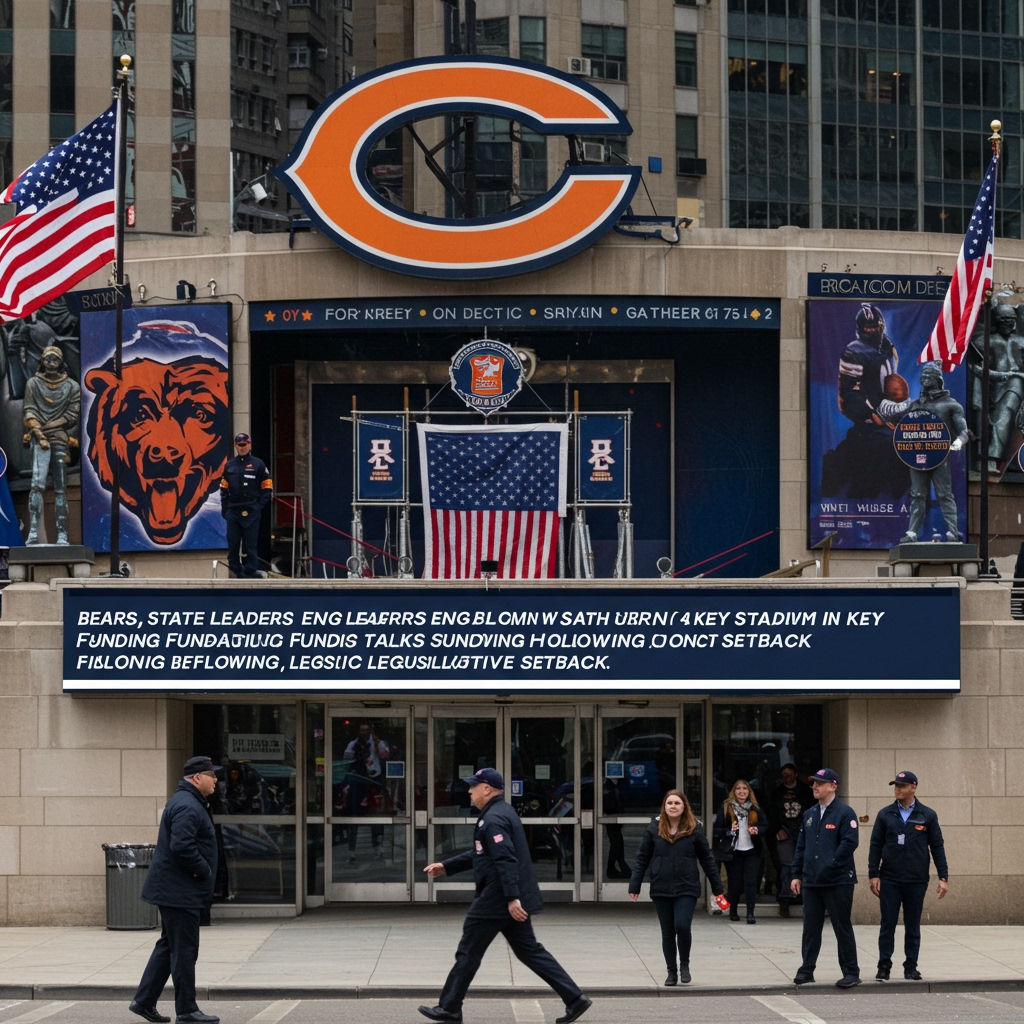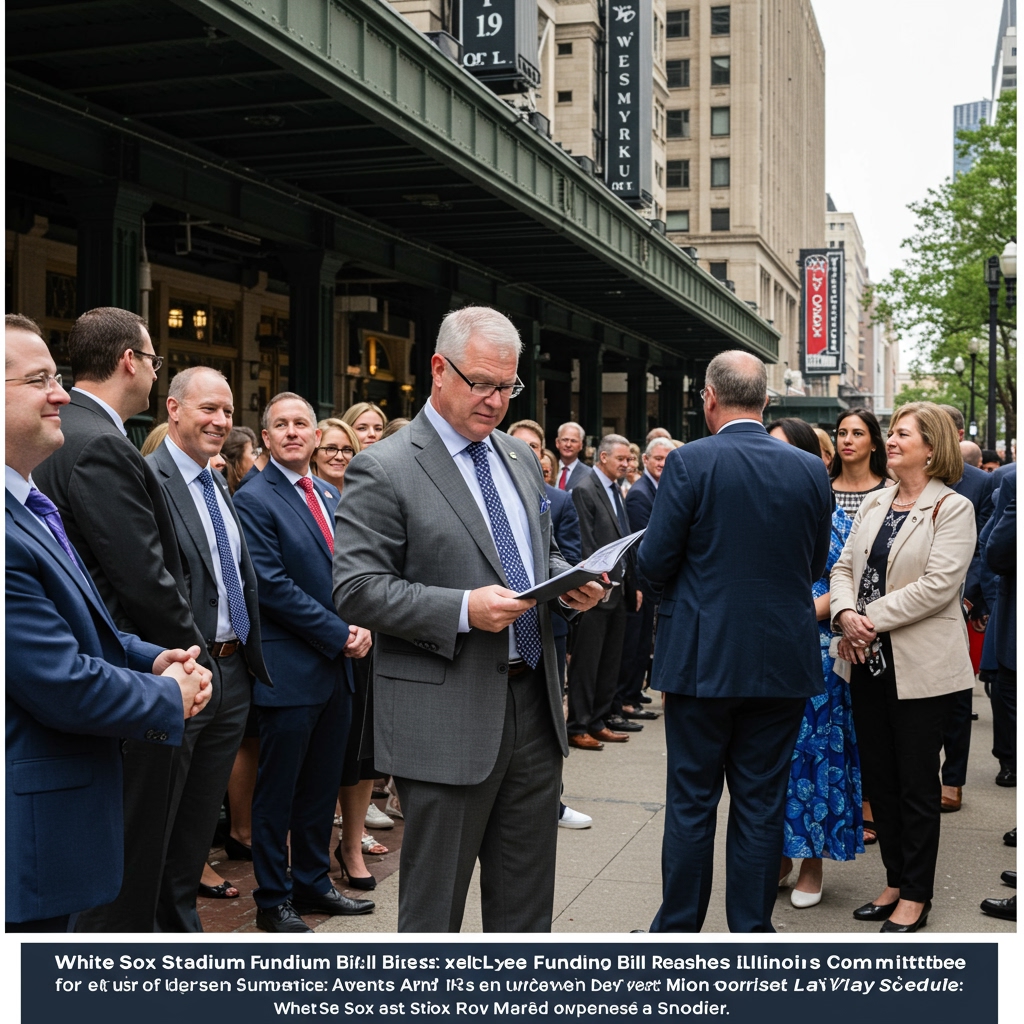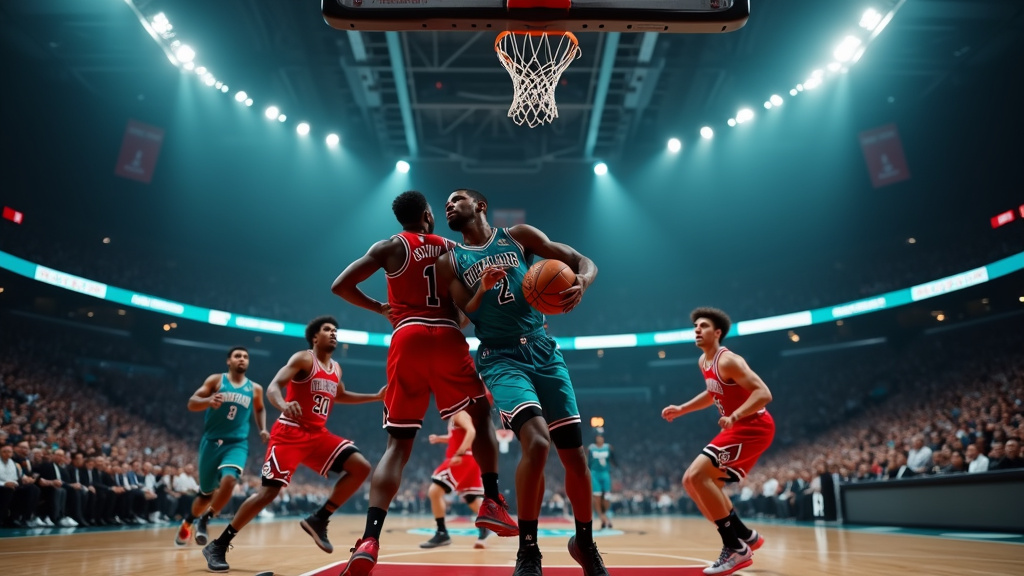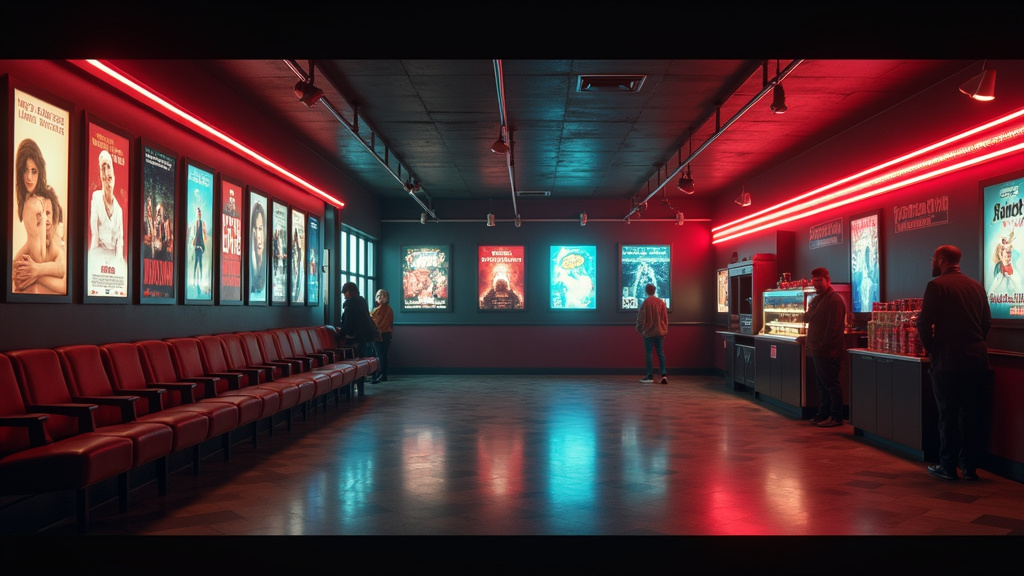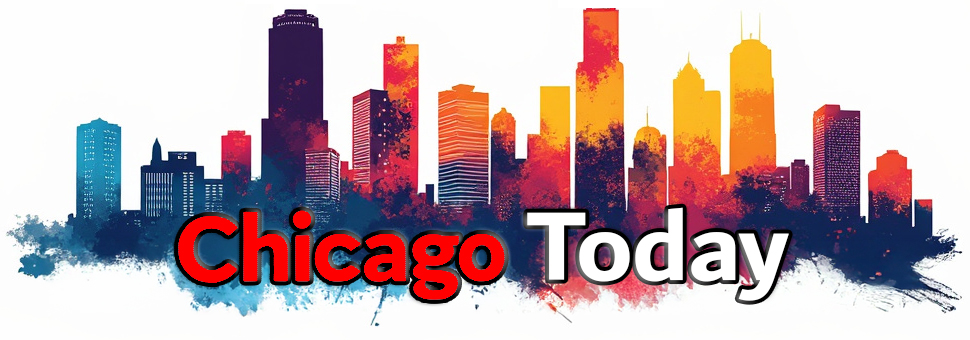Legislation pivotal to the potential construction of a new Chicago White Sox ballpark has successfully navigated a key hurdle in the Illinois Senate and is now poised for critical examination within the state House. Following its passage from a Senate committee on May 15, the proposal outlining funding mechanisms for the sports facility project is officially slated for rigorous discussion before the Illinois House Revenue & Finance Committee. This development marks a significant step in the multi-faceted effort by team ownership to secure state support for a relocation from their current home at Guaranteed Rate Field.
Proposal Under Scrutiny in House Revenue & Finance Committee
The bill, which proponents argue is essential for the realization of the ambitious new stadium project, encompasses provisions for potential state bonding and infrastructure support. The proposed site for the new ballpark is a South Loop location near the existing Guaranteed Rate Field, positioning the potential development within a transit-rich area eyed for broader economic revitalization. However, the legislation faces considerable scrutiny from members of the House, particularly concerning the specifics of public investment details and the underlying economic impact projections presented by the team and its consultants. Lawmakers on the Revenue & Finance Committee are expected to delve deeply into these aspects during the scheduled late May session, questioning the financial viability and the tangible benefits for Illinois taxpayers.
Team Ownership Intensifies Lobbying Efforts
The ownership group of the Chicago White Sox, led by Chairman Jerry Reinsdorf, has been actively engaged in lobbying state legislators and Governor J.B. Pritzker. This intensive campaign aims to build support and garner the necessary political will to advance the bill through the General Assembly. Team representatives have consistently emphasized the project’s potential benefits for both the city of Chicago and the broader state of Illinois, framing the proposed stadium as a catalyst for economic growth, job creation, and urban development in the South Loop area. Their arguments often highlight potential tax revenues generated by the new facility and surrounding mixed-use development, as well as the intangible benefits of keeping the professional sports franchise within the city.
Details of the Proposed Funding Mechanism
The specific funding mechanisms detailed in the bill involve complex financial arrangements. While precise figures and structures remain subject to negotiation and legislative approval, the proposal generally relies on the issuance of state bonds, potentially backed by future revenue streams generated by the stadium and surrounding development. This approach seeks to leverage public financing to cover a significant portion of the estimated multi-billion dollar cost of the project, which includes not only the stadium itself but also associated infrastructure improvements and potential ancillary developments like retail, residential, and entertainment spaces. The precise nature of the state’s commitment, the terms of bond repayment, and the risk borne by taxpayers are central points of contention and the focus of legislative scrutiny.
Legislative Hurdles and Economic Impact Debates
The journey through the Illinois legislature presents several hurdles for the White Sox stadium bill. The Revenue & Finance Committee’s review is critical; the committee must assess the fiscal implications and determine whether the proposed public investment represents a prudent use of state resources. Debates around economic impact projections are often contentious in stadium deals, with critics frequently questioning the methodologies used and pointing to studies that suggest limited or negative returns on significant public subsidies for sports venues. House members are expected to challenge the team’s projections, demanding transparency and potentially seeking independent analyses of the project’s true economic benefit and potential displacement effects.
Next Steps in the Legislative Process
If the bill successfully passes the House Revenue & Finance Committee, it would then proceed to the full House floor for further debate and a potential vote. The legislative calendar in late May is often crowded, with numerous other state priorities competing for attention and resources. Should the bill clear the House, it would then need to be reconciled with any differences from the Senate version (assuming the full Senate passes a version) before heading to the Governor’s desk for signature. The timeline remains tight for action during the current legislative session, adding pressure to the upcoming committee hearing.
Stakeholder Perspectives and Public Opinion
Beyond the legislative chambers, the stadium proposal continues to generate significant public discussion. While proponents, led by the White Sox organization, champion the vision of a modern, amenity-rich ballpark as essential for the team’s future and a boon for the city, critics express deep reservations about committing substantial public funds to a private enterprise. Concerns about the opportunity cost of using state resources for a stadium versus other pressing public needs, such as education, healthcare, or existing infrastructure, are frequently raised. Public opinion, often skeptical of large-scale sports stadium subsidies, adds another layer of complexity to the political calculations facing legislators as they prepare to debate the bill.


